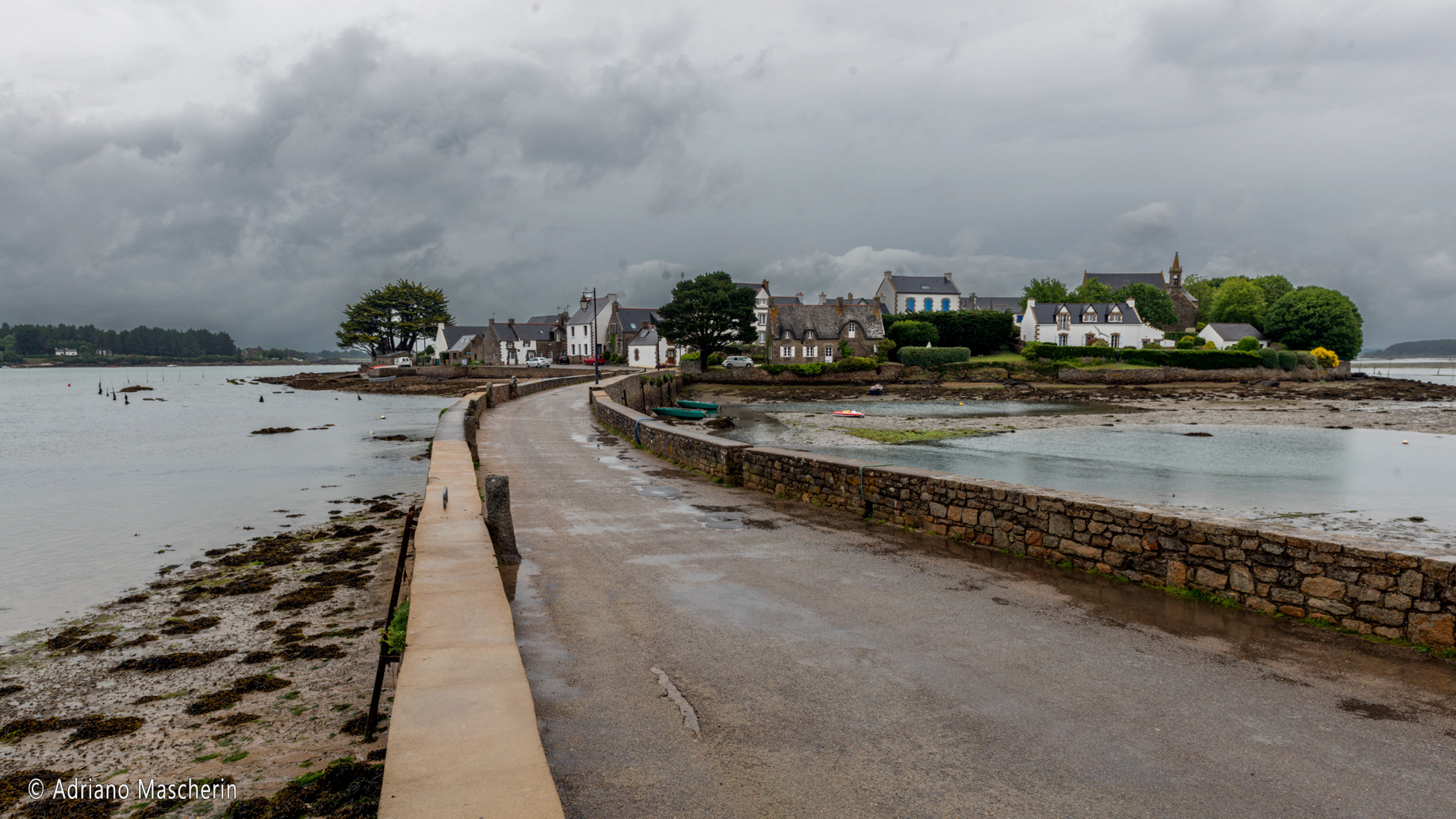I borghi più belli in Francia vengono definiti “Petite Cités de Caractère” (Piccole citta di interesse architettonico). Locronan merita più che mai di entrare in questa categoria.
I Celti scelsero questo sito per creare un nemeton, un percorso sacro scandito da stazioni simboleggianti i 12 mesi dell’anno. Nell’ XI secolo, Saint Ronan cristianizza il luogo e fonda la città. Quella che d’ora in avanti si chiamerà Locronan, prospera a partire dal XIV secolo grazie alla tessitura della tela per vele: i fiorenti rapporti commerciali stabiliti con tutte le grandi flotte del tempo arricchiscono gli abitanti e sorgono così le armoniose case di granito, il cui aspetto è rimasto oggi fedele alle origini. Infatti non ci sono cavi elettrici, antenne e semafori e nemmeno automobili il traffico è interdetto. Siamo arrivati presto ed è stato come ritornare indietro nel tempo, la strada lastricata di pavée, la piazza con il pozzo centrale circondata dalle dimore in pietra con le finestre decorate da fiori e la chiesa di Saint-Ronan e la cappella di Pénity affiancate formano un'unica facciata.
Non è da meno Rochefort en Terre costruita su uno sperone roccioso, è uno dei più bei paesi di Francia. Ovunque, gerani e edera mettono in evidenza la pietra con i loro fiori colorati. Qui ogni dettaglio è ben curato. Stradine con pavé, insegne stilizzate, la città sembra un piccolo gioiello incastonato nel cuore del Morbihan. Molto belle le case della suggestiva Place du Puits e della Rue Saint-Michel e in estate, la città vecchia diventa zona pedonale.
Un borgo particolare è quello dell’isola di Callot il cui accesso è regolato dalle maree. La strada che porta all’isola viene sommersa dalle maree per cui l’accesso è regolato da queste. Ambiente particolare dove vivono poche famiglie, ci sono spiagge contornate da massi granitici. La chiesa è stata eretta sul punto più alto dell’isola.
The most beautiful villages in France are defined as “Petite Cités de Caractère” (Small towns of architectural interest). Locronan deserves more than ever to enter this category.
The Celts chose this site to create a nemeton, a sacred path punctuated by stations symbolizing the 12 months of the year. In the 11th century, Saint Ronan Christianized the place and founded the city. What will henceforth be called Locronan, prospers from the 14th century thanks to the weaving of cloth for sails: the flourishing trade relations established with all the great fleets of the time enrich the inhabitants and thus arise the harmonious granite houses, the whose appearance has remained faithful to its origins today. In fact, there are no electric cables, antennas and traffic lights and not even cars, traffic is prohibited. We arrived early and it was like going back in time, the cobbled street, the square with the central well surrounded by stone houses with windows decorated with flowers and the church of Saint-Ronan and the chapel of Pénity side by side form a single face.
Not least Rochefort en Terre, built on a rocky outcrop, is one of the most beautiful villages in France. Everywhere, geraniums and ivy highlight the stone with their colorful flowers. Here every detail is well taken care of. Cobbled streets, stylized signs, the city looks like a little jewel set in the heart of Morbihan. The houses on the suggestive Place du Puits and Rue Saint-Michel are very beautiful and in summer, the old town becomes a pedestrian area.
A particular village is that of the island of Callot whose access is regulated by the tides. The road that leads to the island is submerged by the tides, so access is regulated by them. Particular environment where few families live, there are beaches surrounded by granite masses. The church was built on the highest point of the island.
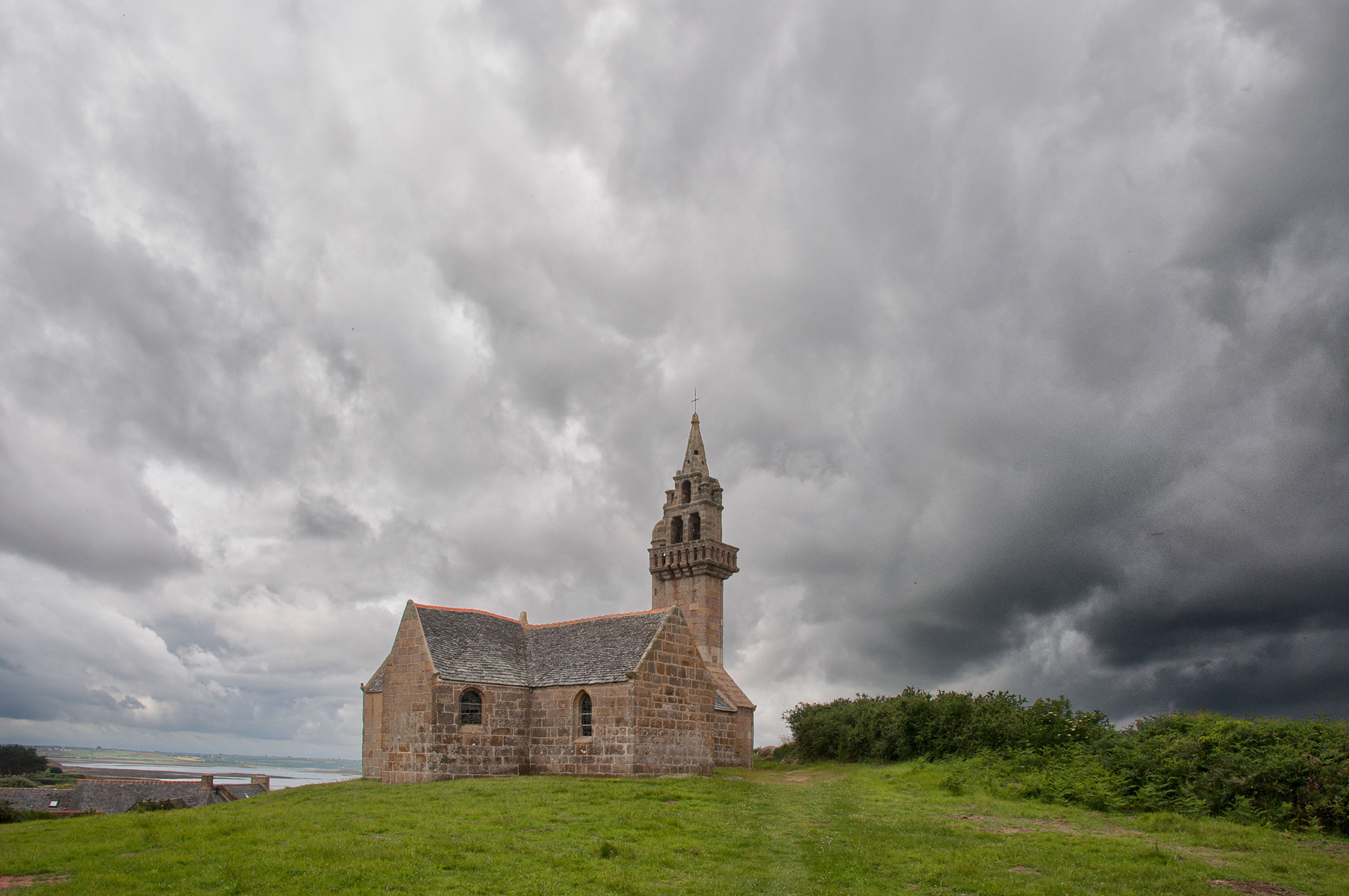
Ile de Callot - Cappella Notre Dame de Callot

Ile de Callot - Il borgo - The village
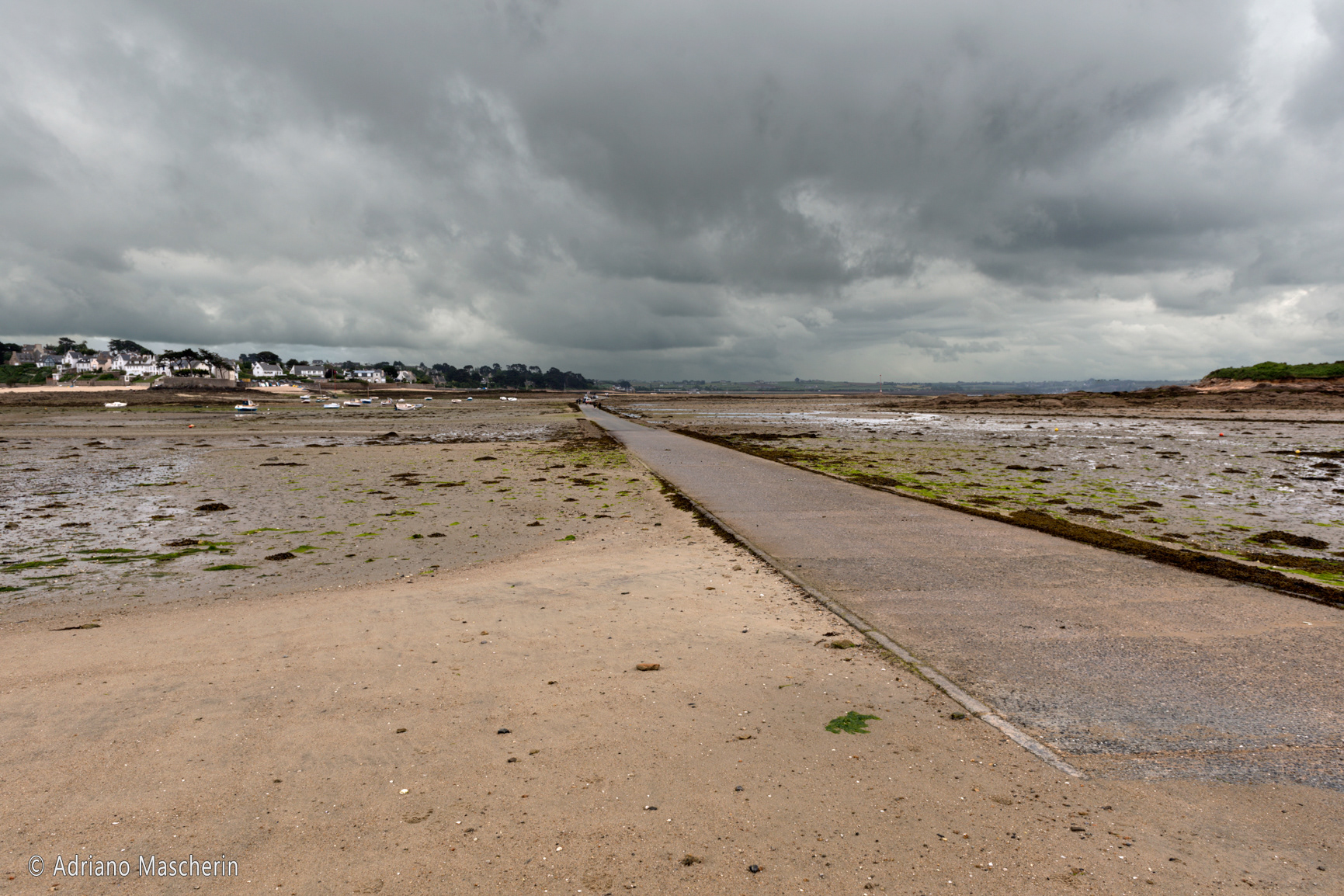
Strada sommersibile per l'sola di Callot - Submersible road to Callot Island
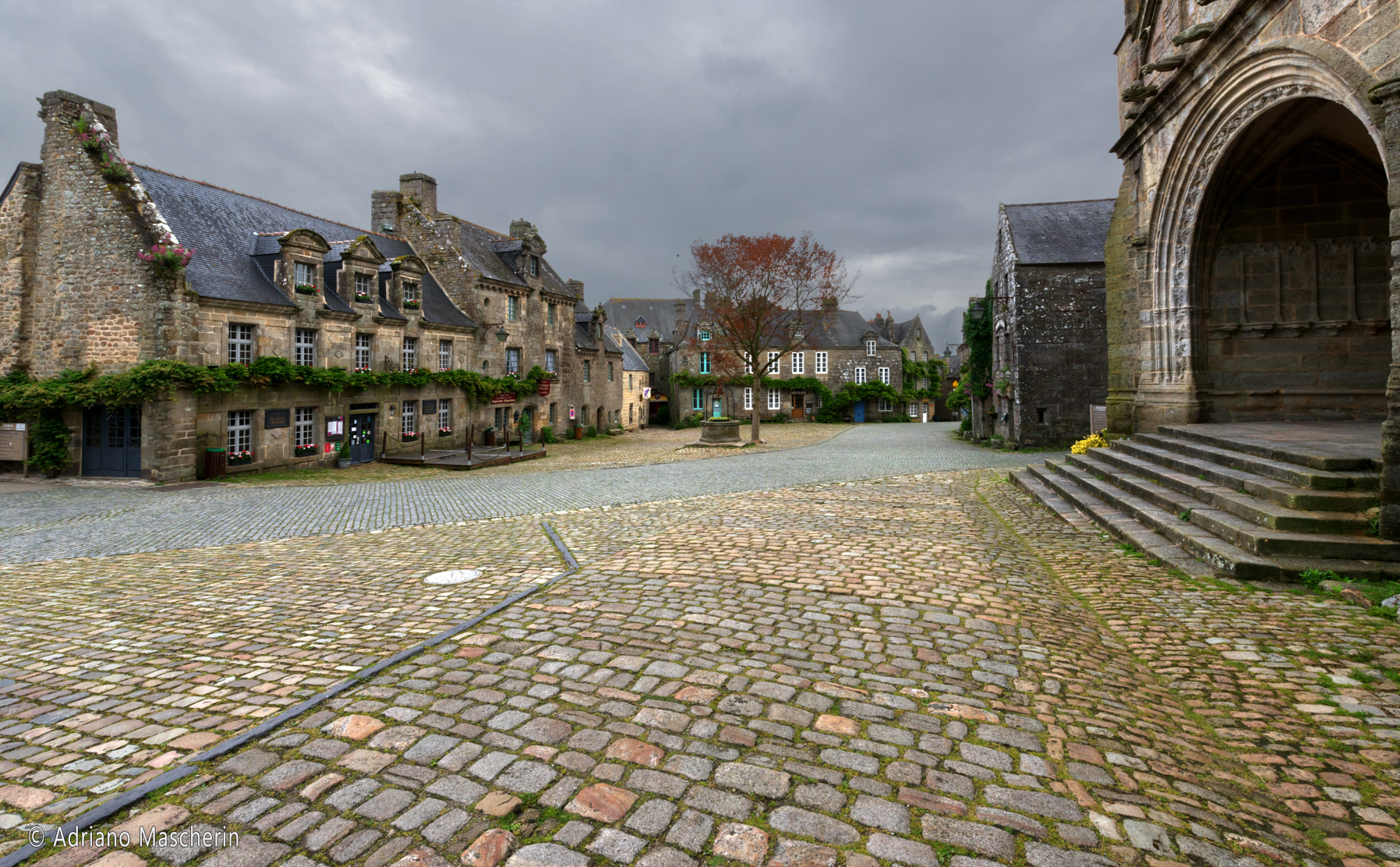
Locronan - Piazza della chiesa - Church square

Locronan - Negozio di biscotti - Cookie shop

Locronan - Piazza della chiesa - Church square

Locronan - Rue des Charrettes
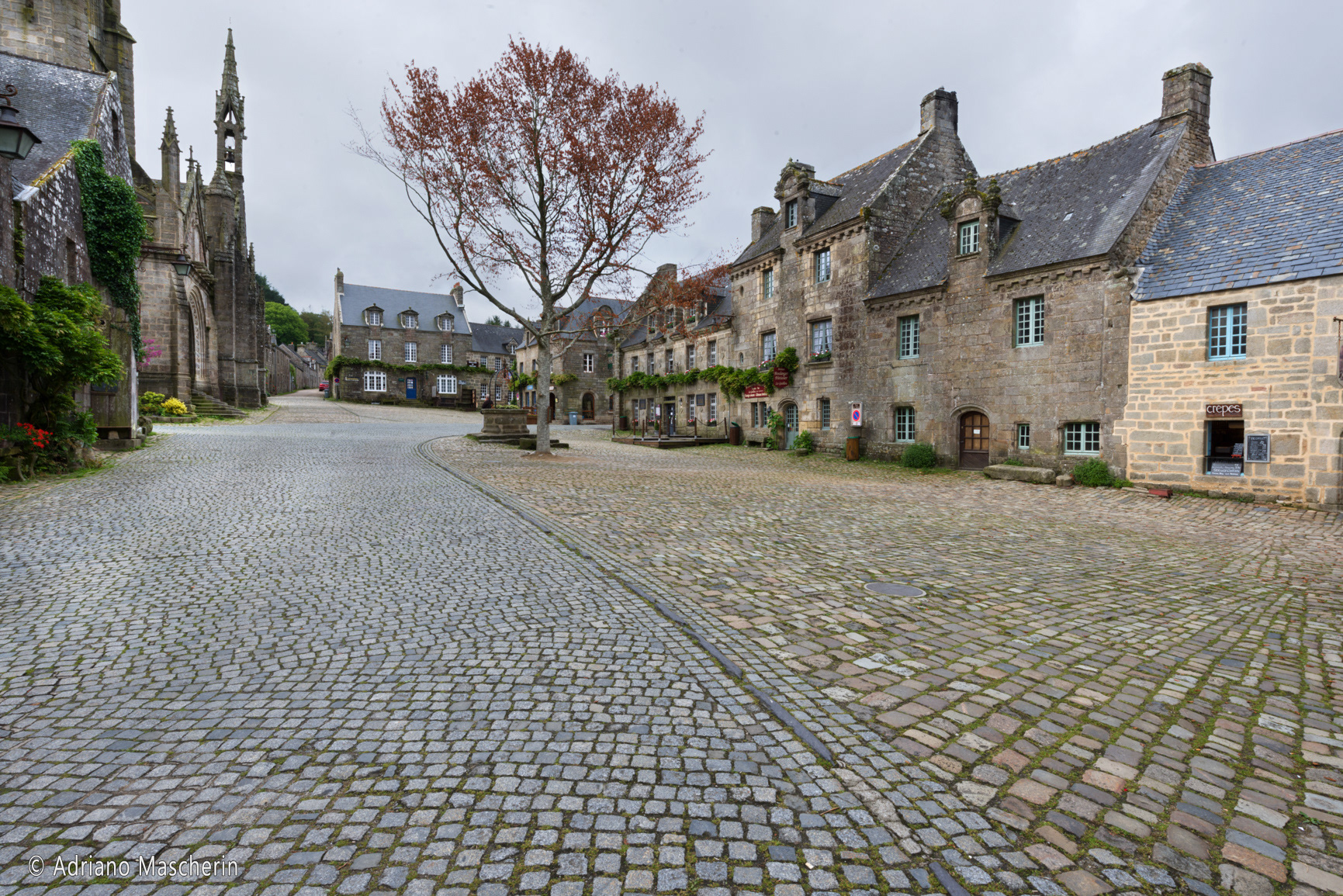
Locronan - Piazza della chiesa - Church square
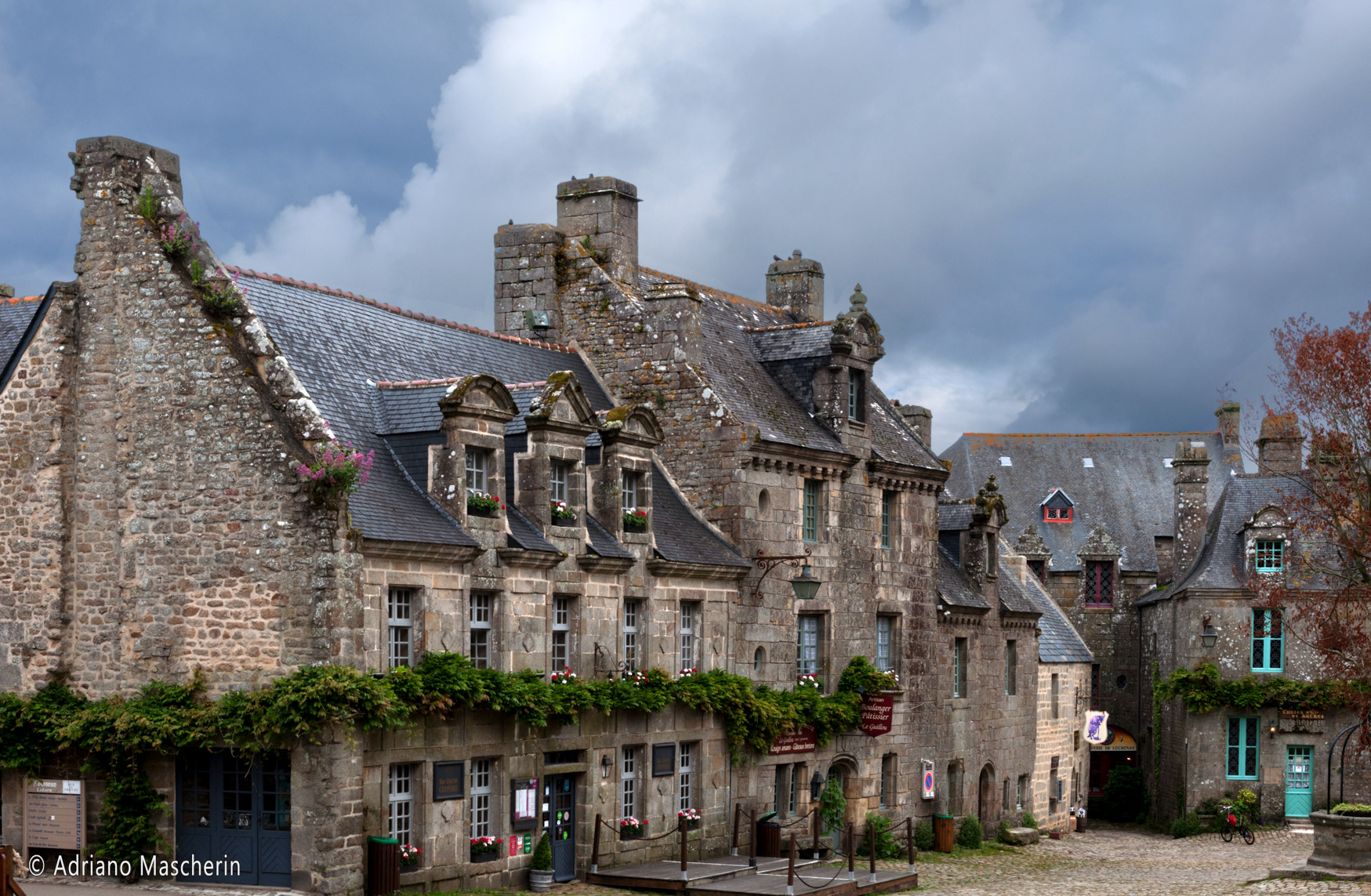
Locronan - Piazza della chiesa - Church square

Locronan - Piazza della chiesa - Church square

Locronan - Piazza della chiesa - Church square
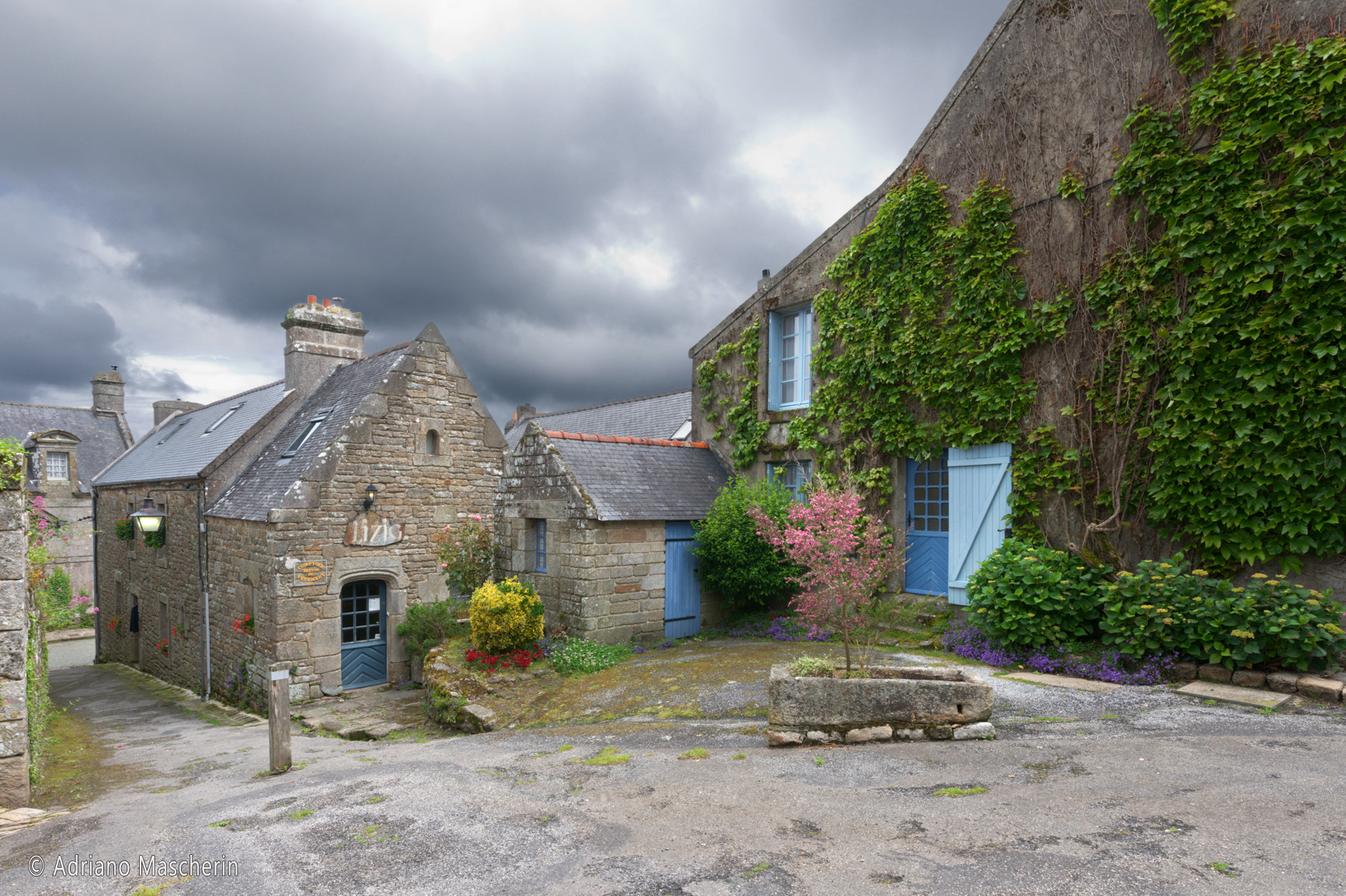
Locronan
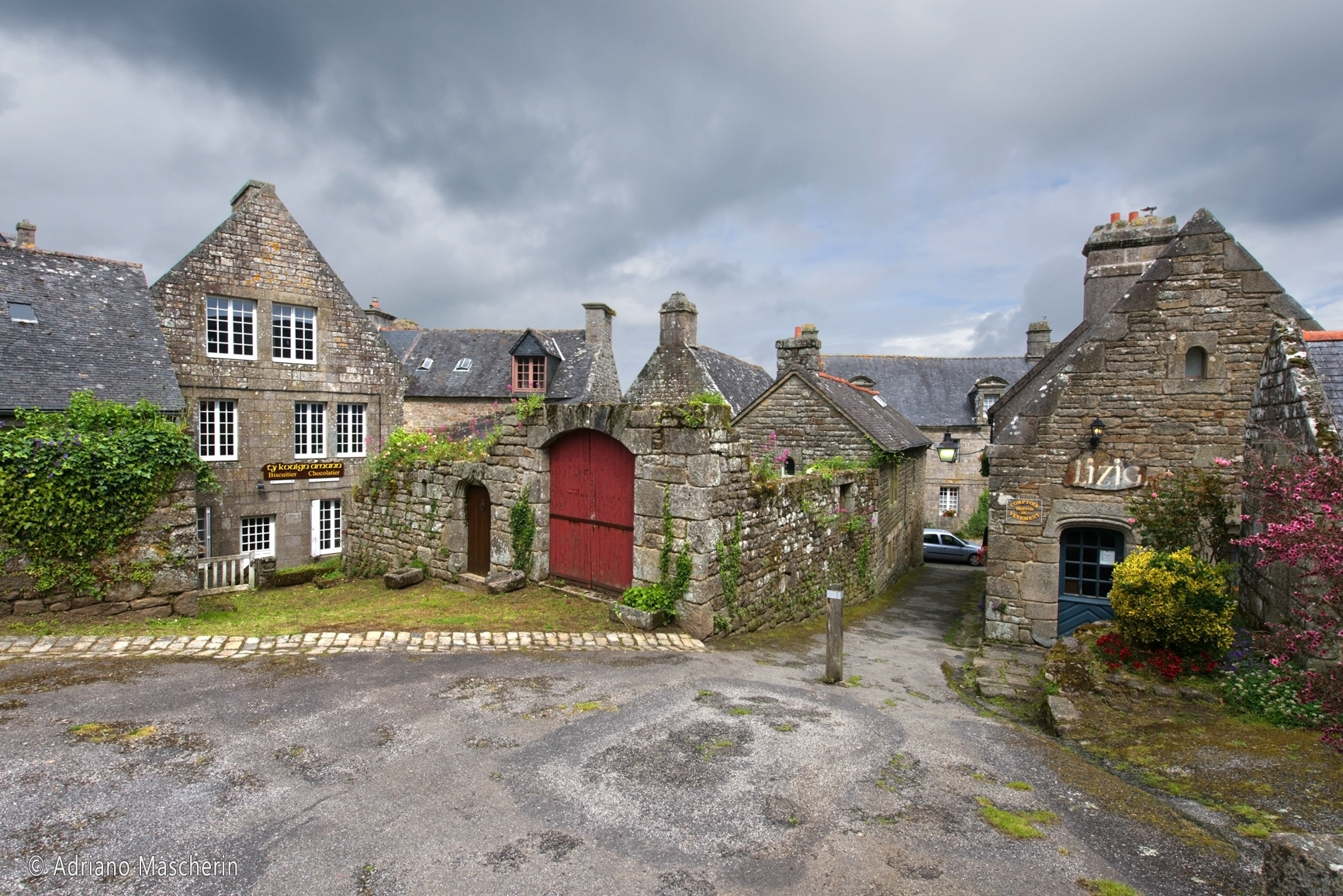
Locronan

Locronan
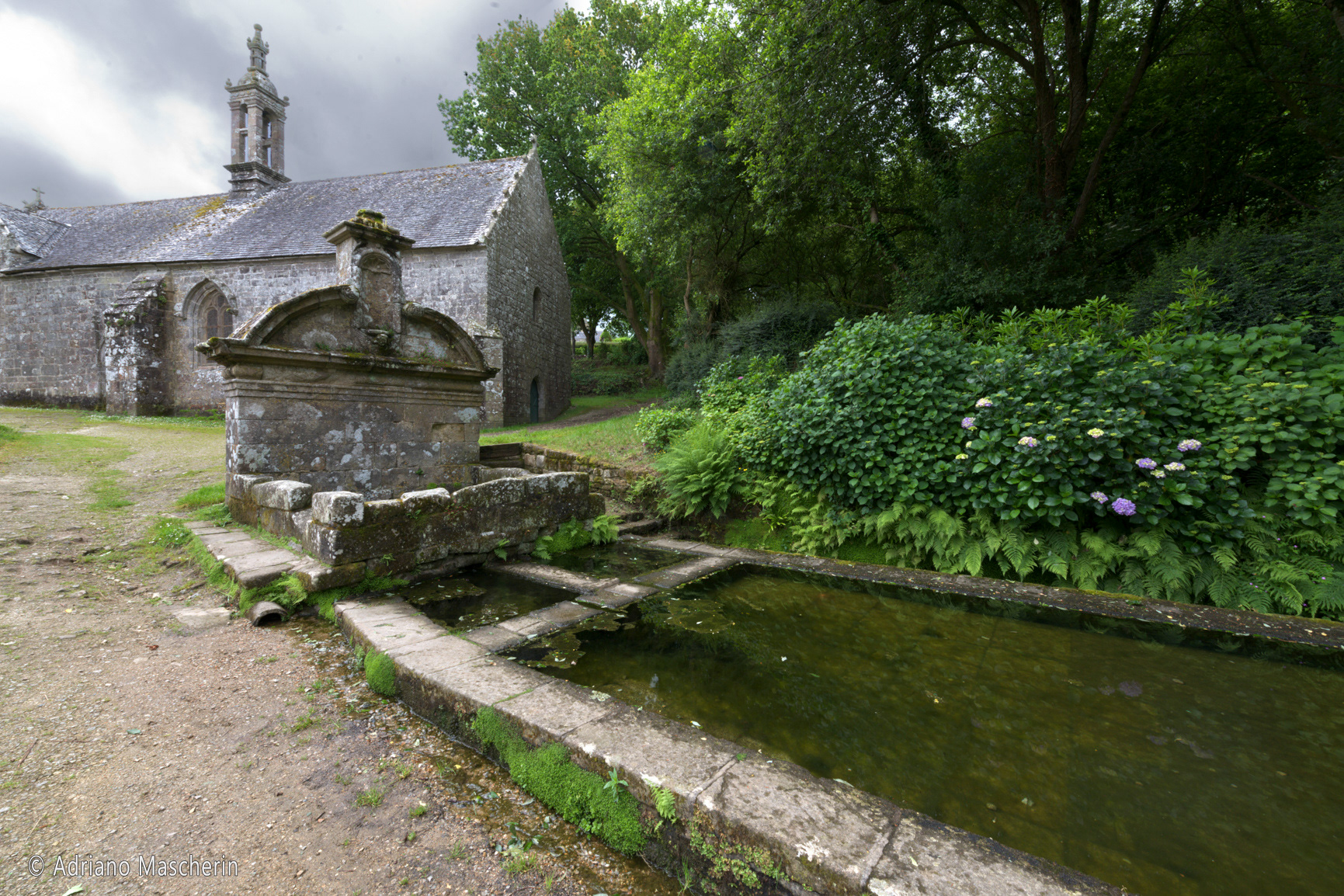
Locronan - Cappella de La Bonne Nouvelle - Chapel of the Good News

Locronan - Cappella de La Bonne Nouvelle (interno) - Chapel of the Good News (interior)

Locronan - Chiesa e cappella - Church and chapel
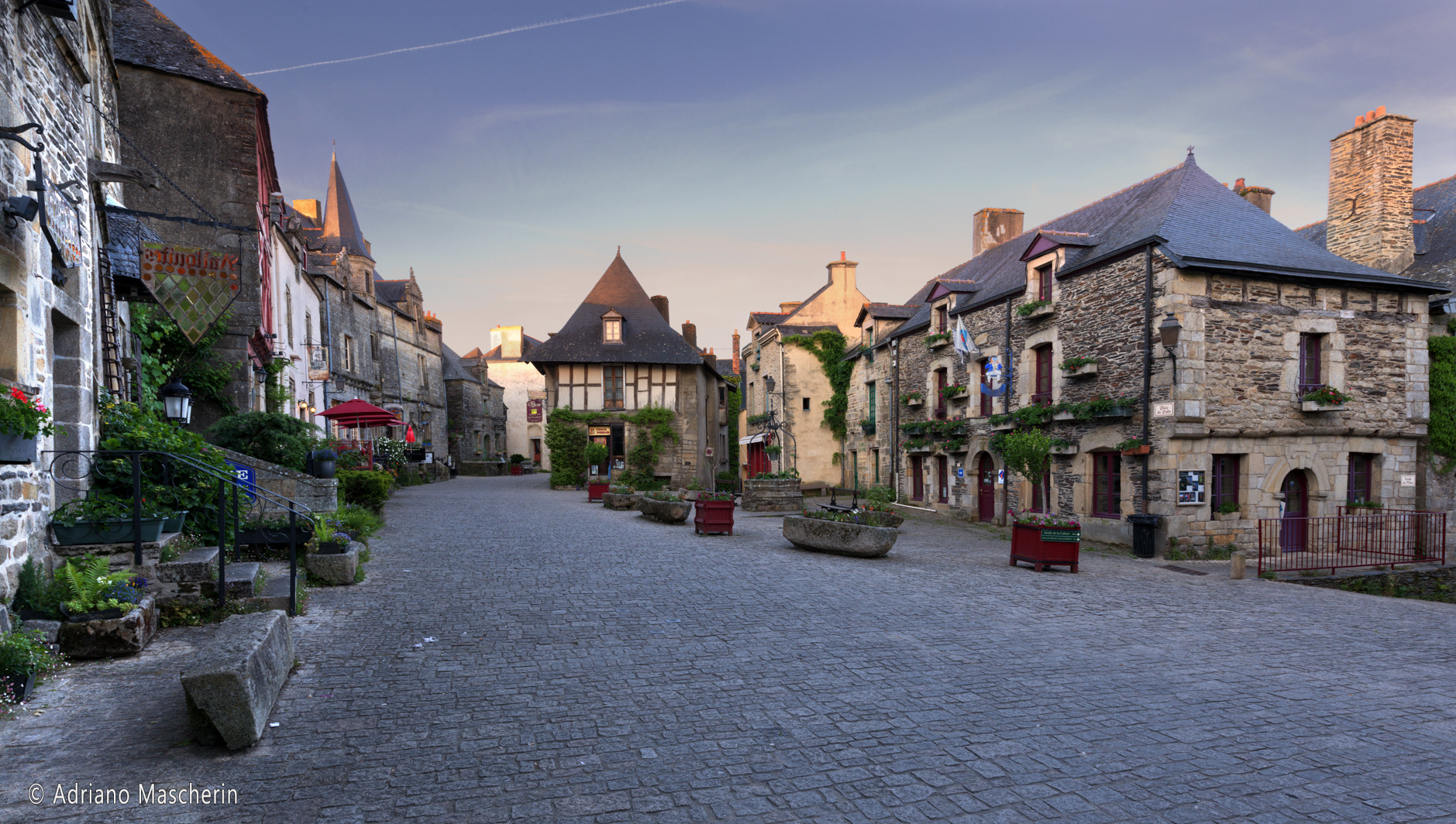
Rochefort en Terre - Centro storico - Old Town
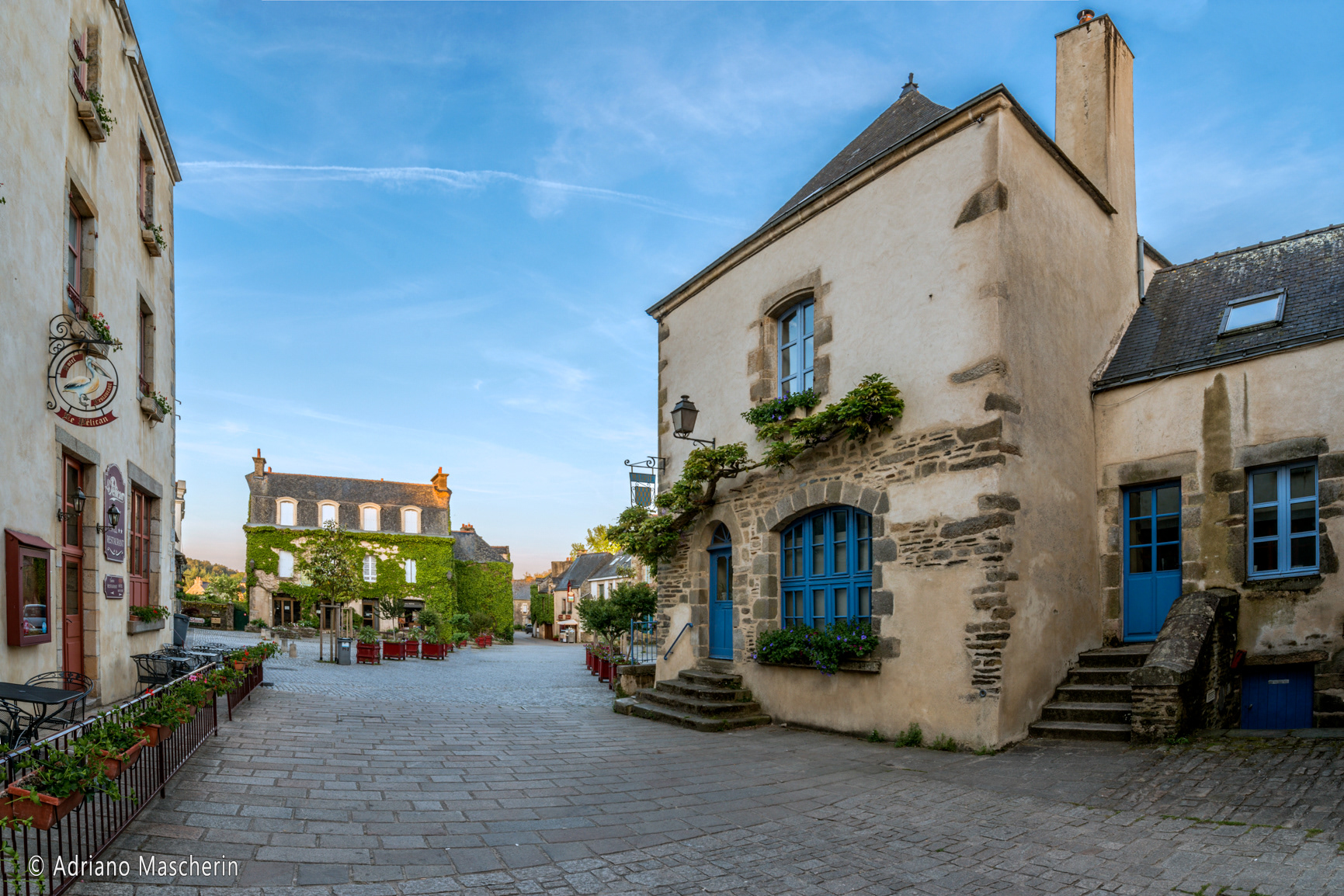
Rochefort en Terre - Centro storico - Old Town
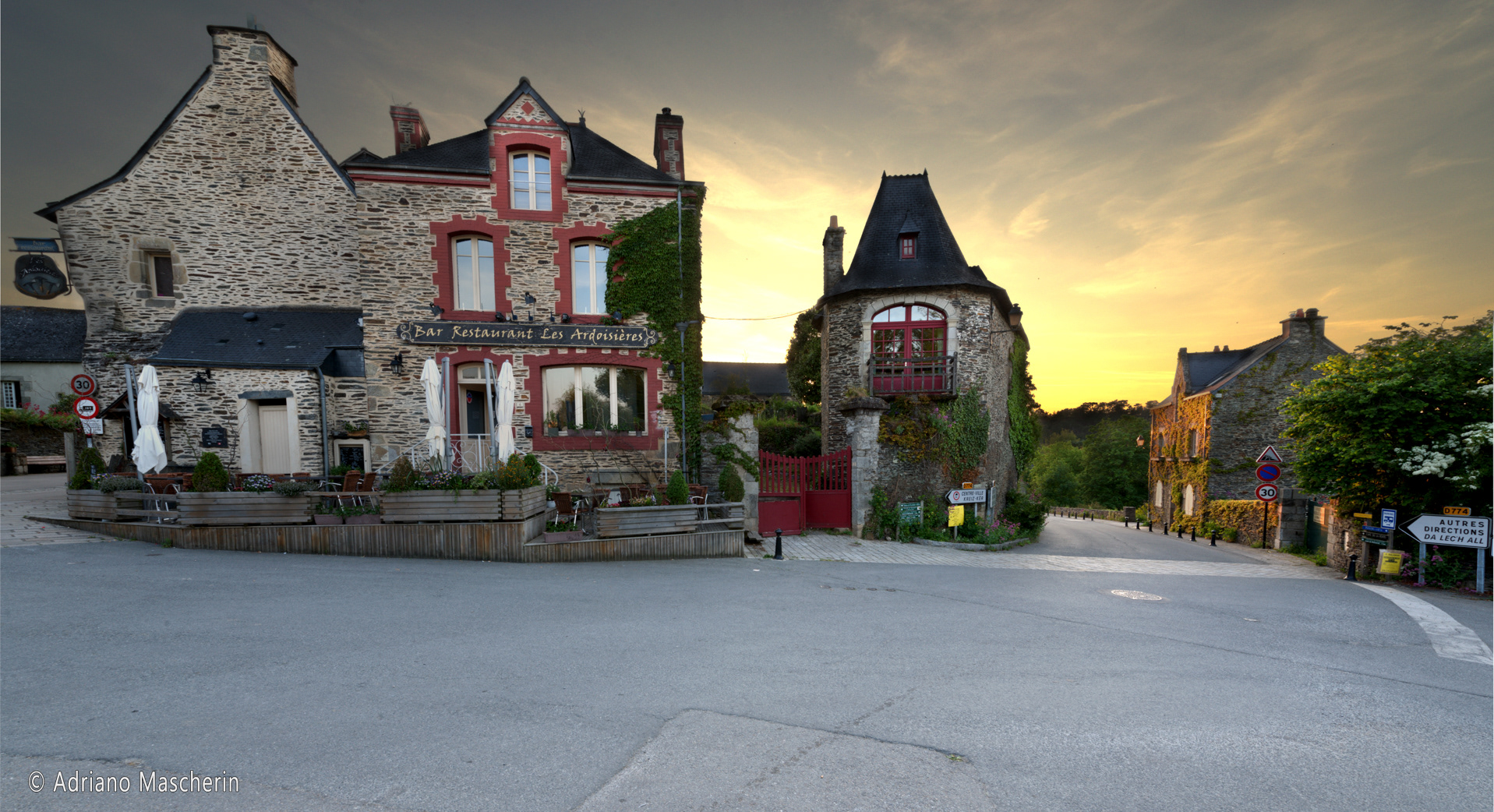
Rochefort en Terre - Centro storico - Old Town
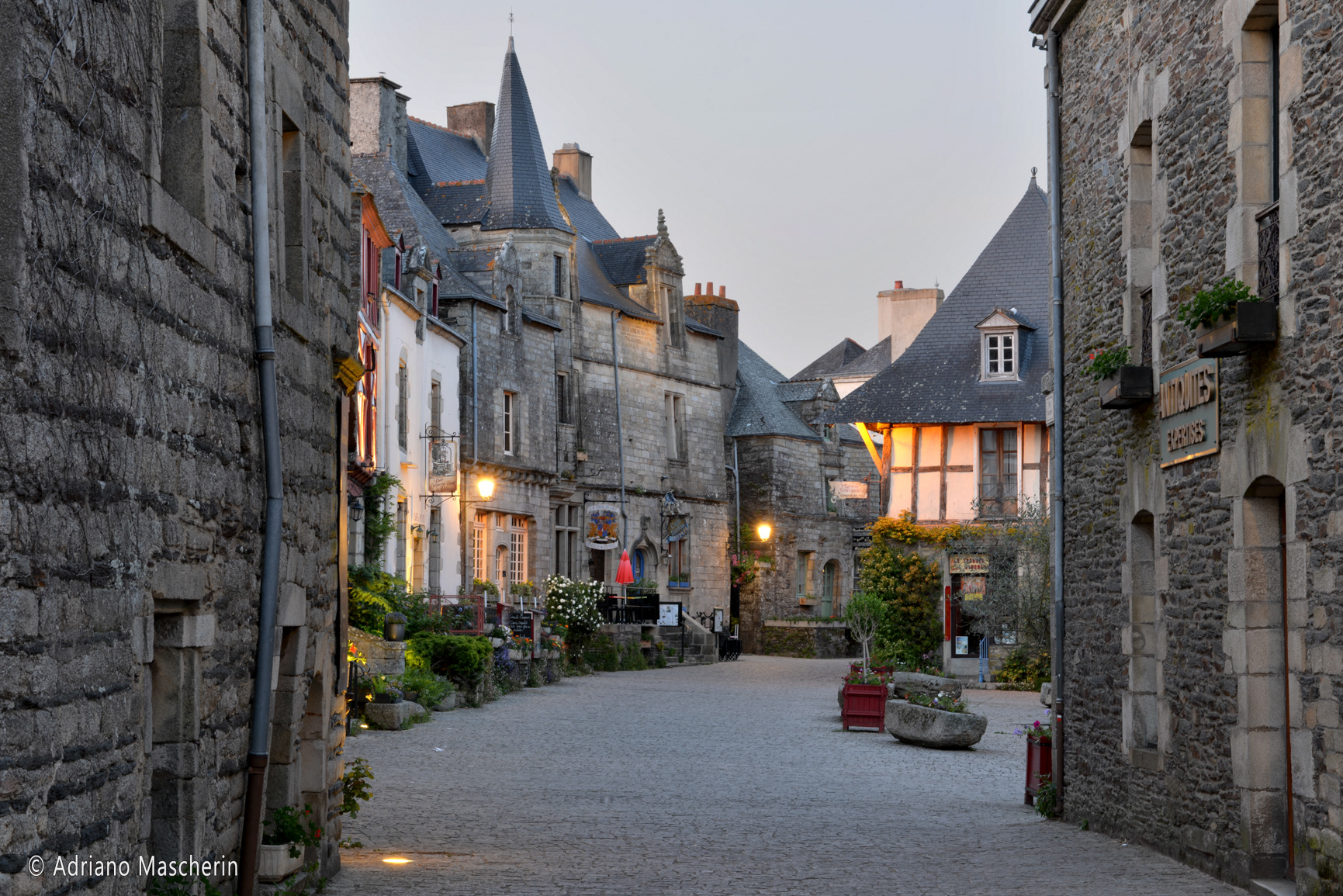
Rochefort en Terre - Centro storico - Old Town
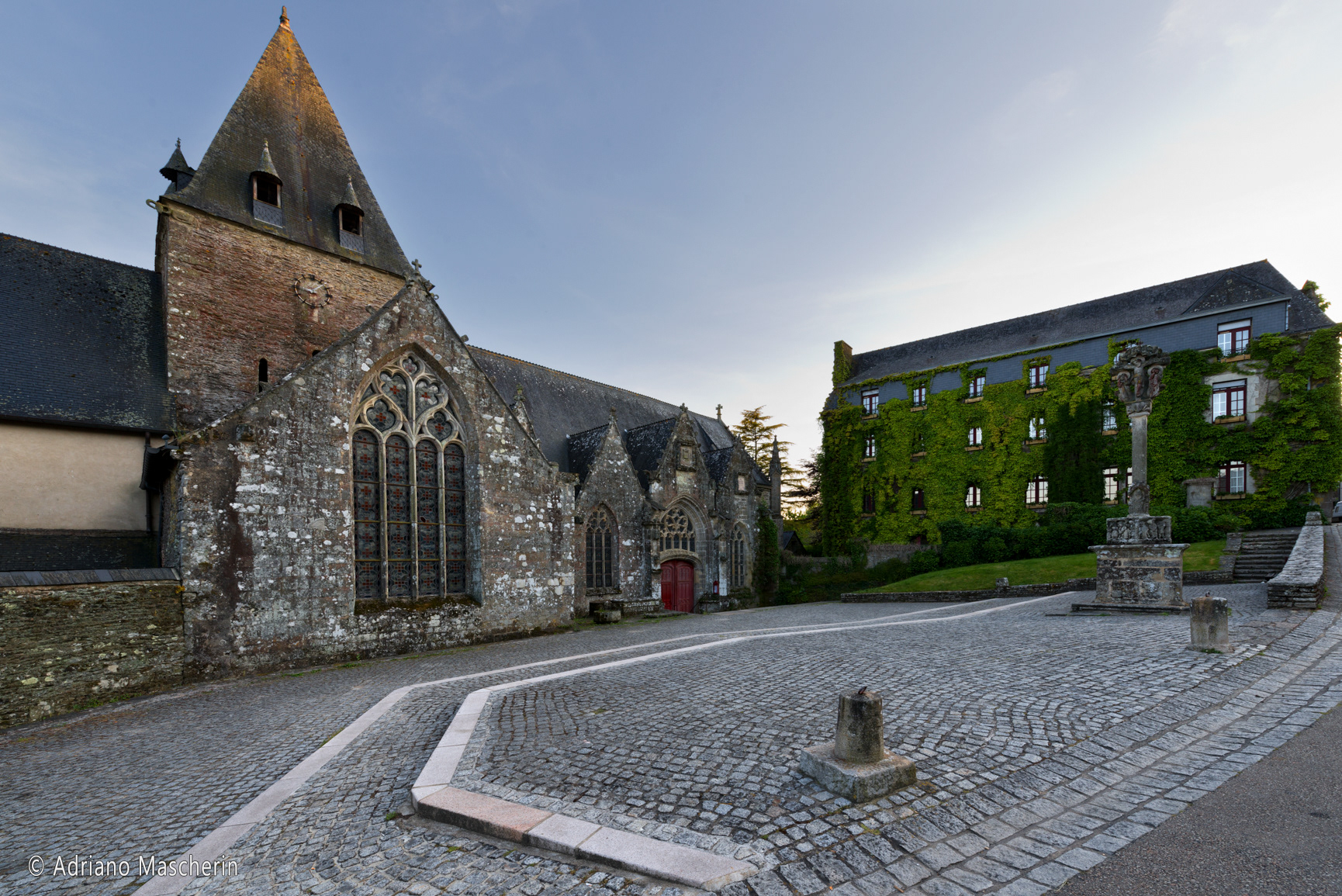
Rochefort en Terre - Chiesa Notre Dame de la Tronchaye - Church of Our Lady of Tronchaye
